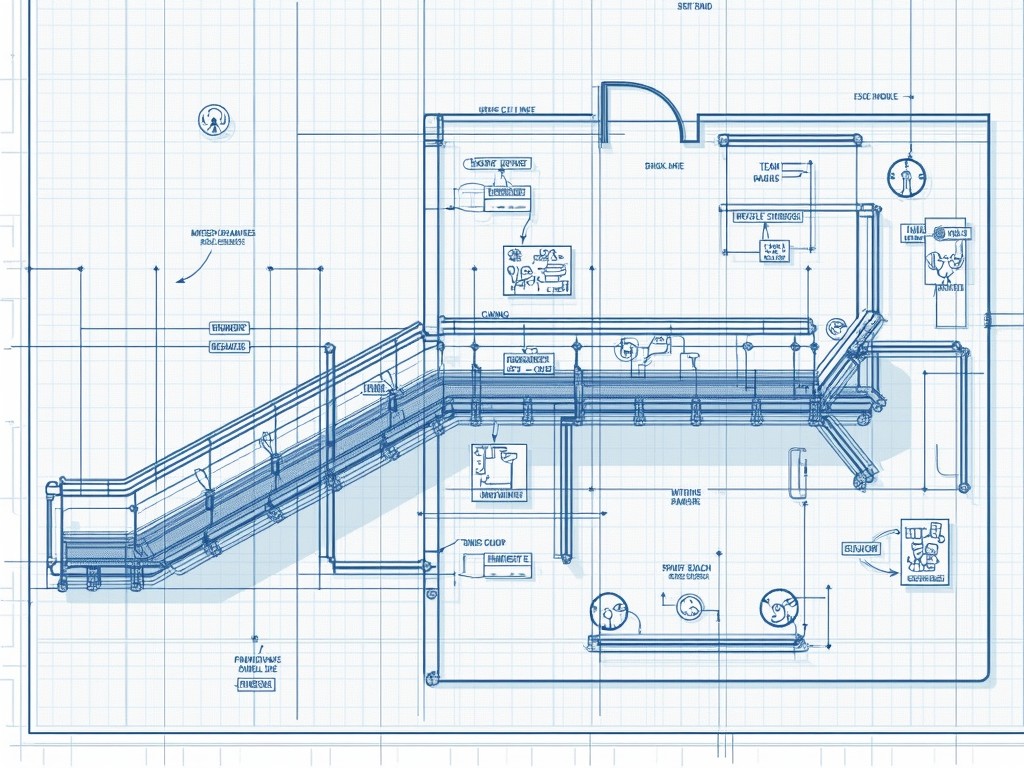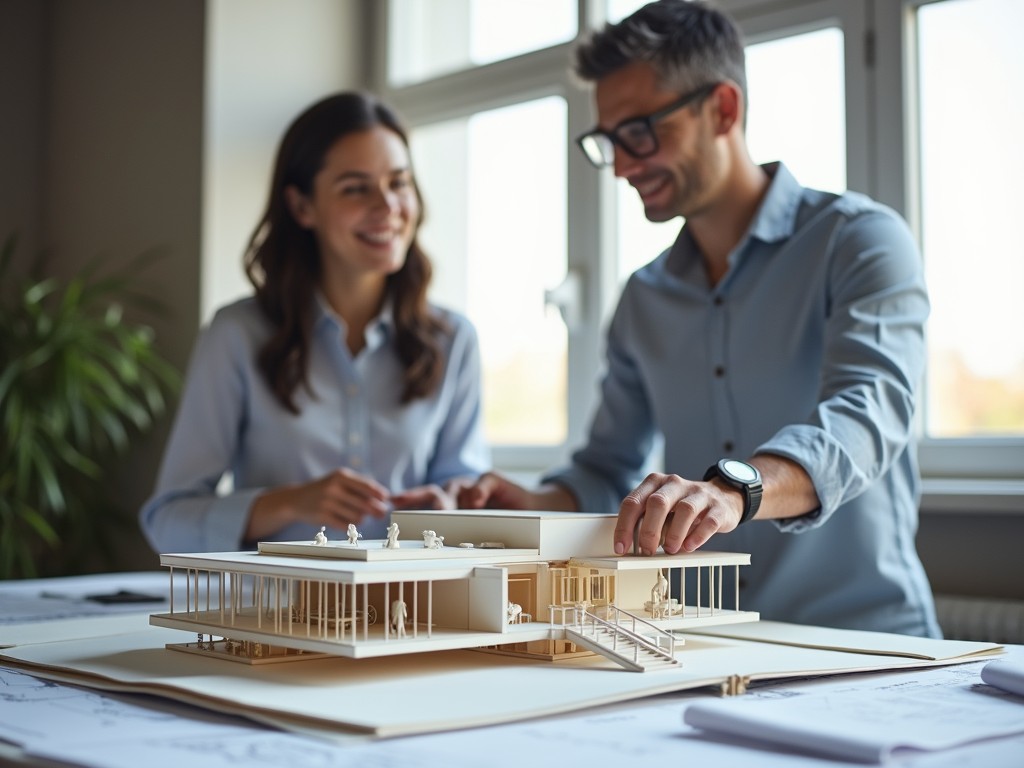Understanding Building Codes for Accessible Design
Creating Inclusive Spaces: An Introduction
Accessible design is pivotal in creating spaces that accommodate everyone. Understanding building codes for accessible design is crucial for architects and builders to ensure inclusivity from the foundation up.
Understanding Building Codes for Accessible Design
Building codes are a set of regulations that govern the design, construction, and alteration of buildings. These codes ensure that structures are safe, accessible, and efficient. When it comes to accessible design, building codes aim to ensure that buildings are usable by people of all abilities.
Why Building Codes Matter
Building codes for accessible design are essential because they set the minimum standards for safety and accessibility. By understanding and implementing these codes, builders and designers can create environments that are not only compliant but also welcoming to everyone, regardless of their physical abilities.
Key Elements of Accessible Design
Accessible design includes elements like ramps, wide doorways, and accessible bathrooms. Here is a breakdown of the core components:
- Ramps and Walkways: Should have a gentle slope to be wheelchair-friendly.
- Entrance Access: Doors must be wide enough to accommodate wheelchairs.
- Interior Routes: Hallways and paths should be clear and spacious.
- Bathroom Accessibility: Grab bars, lower sinks, and accessible stall dimensions are key.
Understanding these elements ensures that buildings provide freedom and independence for individuals with disabilities.

Insightful Tips on Implementing Accessible Design
Having been involved in several projects that required an in-depth understanding of accessible design, I've gathered a few tips that can help ease the process:
- Engage Early with Experts: Involve accessibility consultants from the initial design phase to ensure compliance and practicality.
- Stay Updated: Building codes can change. Stay informed about local and international standards.
- Empathy in Design: When designing, put yourself in the shoes of those with mobility challenges to better understand their needs.
Challenges and Solutions in Accessible Design
One of the main challenges architects face is balancing aesthetic appeal with functionality. A convenient solution is using innovative materials and technologies that blend seamlessly with the overall design while meeting accessibility standards.

Building Code Compliance for Foundation Design
The foundation is crucial for any building. When considering accessible design, it's vital to factor in the ease of access right from the foundation level. Here are the requirements to consider:
- Elevator Shaft Installation: Ensure the foundation supports necessary elevators for vertical accessibility.
- Load-Bearing Capacity: Adapt foundation design to support additional features like ramps or lifts.
- Durability and Safety: The foundation must withstand various loads while ensuring safety for all.
By focusing on these elements, builders can ensure that structures are robust and universally accessible.
Personal Experiences in Foundation Design
From my experience, early consideration of accessible elements not only prevents costly alterations later but also enhances the building's appeal to a broader audience. Adequate planning and consultation can lead to innovative solutions that align well with both aesthetic and functional goals.

The Bigger Picture: Beyond Compliance
Creating truly accessible spaces goes beyond merely adhering to regulations—it’s about embracing a philosophy of inclusivity. Accessible design enriches our communities by fostering independence and dignity for all. Architects and builders should view these codes not as restrictions but as opportunities to innovate and improve.
A Vision for the Future
As we continue to push for more inclusive design standards, it's crucial to also advocate for stronger policies and better education on accessibility. Communities become stronger and more connected when every individual feels seen, respected, and accommodated.
Final Thoughts and Next Steps
Building codes for accessible design are more than just a checklist—they represent a commitment to inclusivity and universal design. Through careful planning and collaboration, we can create spaces that everyone can enjoy.
For further reading, consider exploring topics related to sustainability in accessible design and innovative materials in building construction.





